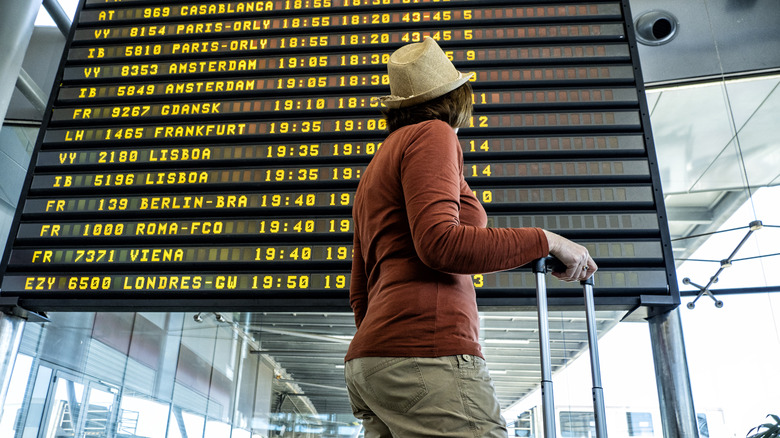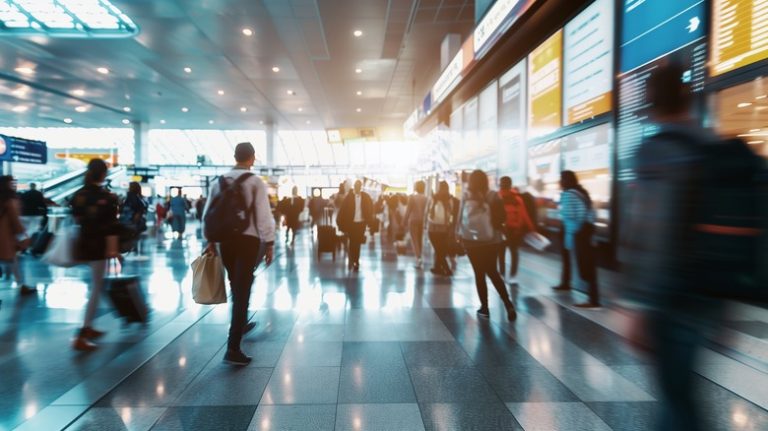
Have you ever wondered what it takes to fly exclusively in first class? Some travelers didn’t pay full price; instead, they leveraged the easy-up fare strategy. This involves purchasing a lower-cost coach, premium-economy, or business class ticket and using loyalty points for an upgrade. This method is especially effective on domestic flights and short international routes, where first-class seats often remain empty. It’s a straightforward way to cut down on travel expenses.
However, be aware that airlines categorize fares into various classes, and not all are eligible for upgrades with miles. It’s wise to review upgrade rules before purchasing. Timing is also crucial, as airlines release upgrade seats in stages. If you’ve selected an upgradable fare, use your miles to move to first class as soon as seats are available. Frequent flyers with elite status or substantial points balances are more likely to gain early access to upgrades, but it’s not always necessary if seats remain open.
Airlines now market cheap paid upgrades at check-ins

By 2025, airlines will offer last-minute upgrades like any other add-on, with prices varying based on the route and seat availability. Offers typically appear in the airline’s app or website around 24 hours before departure. As noted by The Wall Street Journal, Delta Airlines and United Airlines now directly send upgrade offers to economy passengers when seats are open, especially if you book specific fare classes. However, remain vigilant for subtle ways airlines may entice you to spend more.
When booking United flights, look for fare class codes like RN, PZ, or PN, which are often tagged as upgrade-eligible. RN fares allow for a confirmed upgrade to Premium Plus (United’s premium-economy) using PlusPoints or miles, if seats are available. PZ fares prioritize paid upgrades to domestic First Class or Polaris business class during check-in, also using PlusPoints or miles. PN fares enable top-tier elites—Premier Platinum, 1K, and Global Services members—to upgrade instantly when booking, moving directly into First Class or Polaris if space is available.
How to increase your odds of getting an upgrade

Upgrade offers often hinge on timing. Airlines typically send them right after booking, during online check-in, or just before boarding. Weekends may work in your favor since fewer business travelers mean more available premium seats. Generally, you can request an upgrade anytime from purchase until boarding. Being persistent can also help, as gate agents sometimes have the discretion to move you up. Flexibility with travel dates and light packing can enhance your chances. The Points Guy recommends enabling United’s “Expert Mode” to get a jump on upgrades. Once activated on a site like United.com, you’ll see every fare bucket, including upgrade-eligible codes, alongside real-time seat availability.
Additionally, airline co-branded credit cards may reward high spenders with upgrade credits, allowing movement from economy to Economy Plus. You might also consider using a paid upgrade bid through platforms like Plusgrade, supported by many airlines. After booking, an email or app prompt will ask how much you’re willing to pay to upgrade. If your offer meets the airline’s minimum and seats are open, you’ll secure your new seat at check-in.






